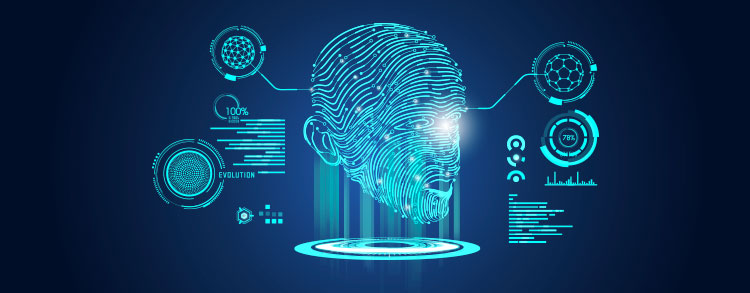Mind reading, brain reprogramming, traumatic memory alterations: new technologies allow the advancement of neuroscience beyond science fiction films
By Estela Cangerana
An artificial intelligence system enters people’s minds, creates the illusion of a real world, and is opposed by a group led by a young programmer. This is, in short, the plot of Matrix, the theatrical box office hit in 1999. The technology, which was a pure fiction used for evil in films 20 years ago, today allows for incredible advances in neuroscience to address the problems of modern man and improve the quality of life of many people.
It seemed unthinkable, but we are close to “reading” minds, being able to predict people’s decision-making, reconsolidate memories by removing fears or traumas, and even transferring consciousness. All thanks to the evolution of research and the technologies that support it. “I believe neuroscience has come to fulfill the innermost desires of humanity. By understanding how we work, we can apply this for the good of society,” said neuroscientist Tâmires Corrêa of Brain Technology.
This means, for example, the union of science with engineering and computing to better study the brain, understand brain signatures, see cortex activations, and decode the narratives that are in people’s minds. “We are very close to reading minds. We already know that imagining and seeing have the same brain signature. The technologies we have today are improving every day in the translation and definition of these images. I believe that soon we will have even better results,” she explained.
Along the same line come the techniques for improving decision making. “From the moment we can read the human being, the question arises of how to predict what they will do and stimulate decision making.” Several mechanisms are currently available to understand stimuli, reactions, and activations in our brain, such as sensors that detect electrical impulses, heat and sweat sensors, look mapping and their response in mind etc. They are already used to improve the assertiveness of advertising and health campaigns, as they are known to increase the so-called call-to-action in these campaigns (the people’s action desired by the campaign).
End of depression and trauma
In another field, the development of new treatments and the cure of diseases by restoring balance in the brain are also considerably advanced. Magnetic stimulation, for example, can treat depression today with rapid results and 80% effectiveness. There is even talk of a vaccine for the problem.
According to Tâmires Corrêa, new discoveries in brain function associated with drug development also allow things until recently said impossible, such as a pill that can erase a traumatic experience. “Today we know how memories are associated with feelings, and it is possible, through an ingested medication, to reconsolidate a memory, erasing it from association with a specific feeling, such as fear. And it is definite, the person will never have that fear again”, she revealed.
Similarly, developments in genetic editing techniques allow both changes to cure diseases such as Parkinson’s and Alzheimer’s disease and to improve quality of life. According to the neuroscientist, there is still much more to come, such as the use of neuroprostheses for various purposes with less and less rejection and more effectiveness in, for example, recovering from neurological injuries.
In yet another line of work, conditions have evolved so that in the future the migration of the human mind to supercomputers, transferring consciousness, is possible. In terms of human consciousness, research tries to prove that it is also constantly evolving throughout the generations, as well as the body.
Inspiration
The innumerable possibilities that open up to society with these new discoveries must change the way we live and see the world around us. “We are moving towards a better understanding of who we are, what our mind is and what it can do. I believe that humanity will grow with this technology. We can solve many problems and do amazing things,” said the neuroscientist. She presented new discoveries and trends in science and technology work during the first edition of “Inspiration”, a series of events hosted by the CCBC Technology Commmittee (TC).
The idea of the meetings is to present the new developments in technology and how they impact people’s lives. “We really want to democratize technology for everyone by sharing knowledge in many areas,” said Committee Coordinator Carine Berteli Cardoso, account executive at Blueshift Brazil. “Our intention is to be a breadbasket for the exchange of experiences and creation of new business opportunities.”
Brazil and Canada
In Brazil, one of the research and reference centers in neuroscience integrated with engineering and technology is the Brain Campus, composed of the Edmond and Lily Safra International Neuroscience Institute (IIN – ELS) and the Maria Rocha Leão Laporta Lygia School, and currently managed by the Santos Dumont Institute (ISD) in Rio Grande do Norte. In Canada, McGill University, the Université de Montréal and the Institut Armand Frappier (INRS) are some of the industry’s leading centers, with research into new treatments for nervous system injuries.





